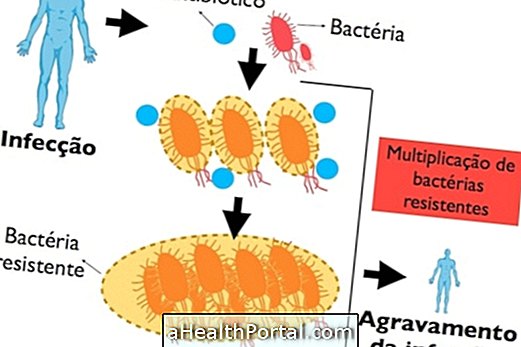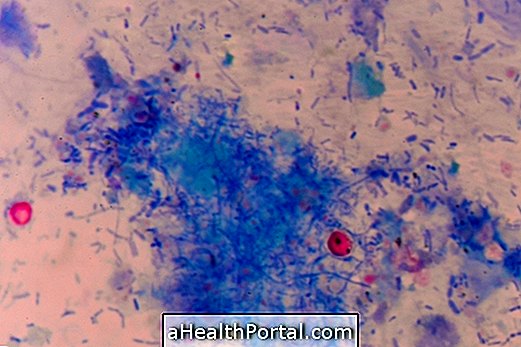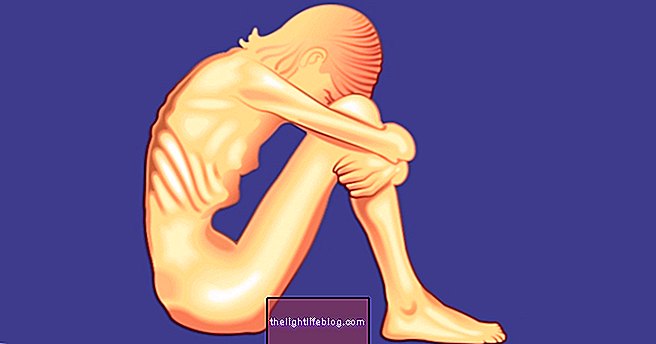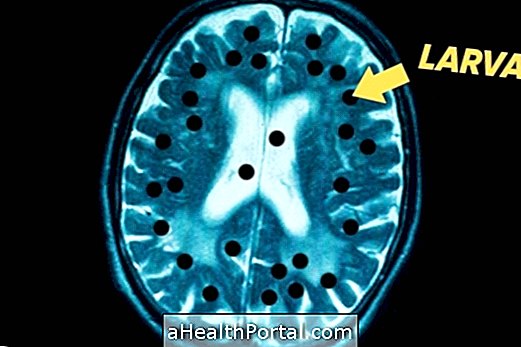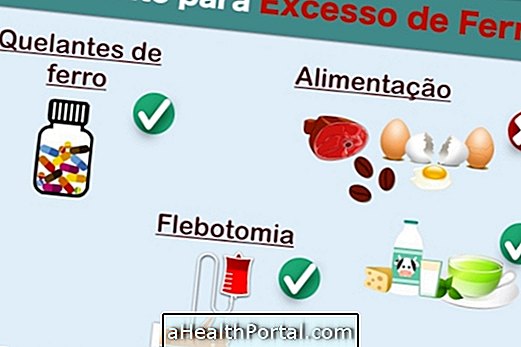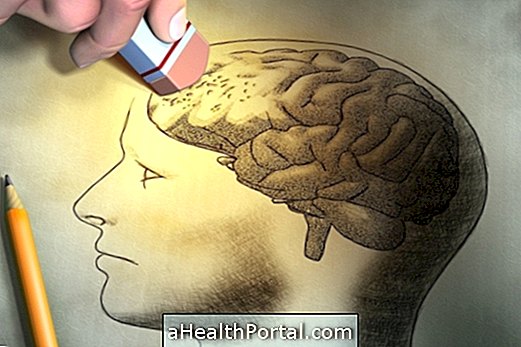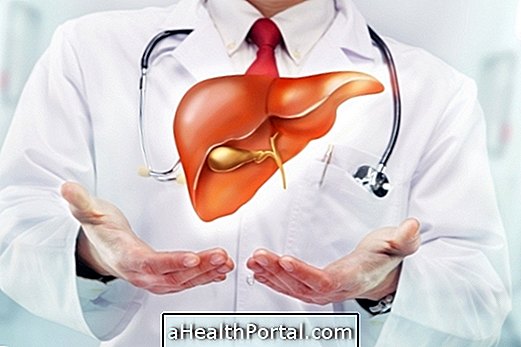Poliomyelitis, also called childhood paralysis, is an infectious disease caused by a virus, the poliovirus, which is present in the intestine but can reach the bloodstream and reach the nervous system, causing various symptoms and possible sequelae such as limb paralysis muscle atrophy, touch hypersensitivity, and speech abnormalities. Find out what it is and how to identify childhood paralysis.
The sequelae of poliomyelitis arise mainly in children and the elderly, are related to infection of the marrow and the brain by poliovirus and usually correspond to motor sequelae. The sequelae of poliomyelitis has no cure, but the person must undergo physical therapy to reduce pain, prevent joint problems and improve quality of life.


Major sequelae of poliomyelitis
The sequelae of poliomyelitis are related to the presence of the virus in the nervous system, where it replicates and destroys motor cells. Thus, the main sequelae of poliomyelitis are:
- Problems and pains in the joints ;
- Crooked foot, known as an equine foot, in which the person can not walk because the heel does not touch the ground;
- Different growth of the legs, which causes the person to limp and lean to one side, causing scoliosis - see how to identify scoliosis;
- Osteoporosis ;
- Paralysis of one of the legs ;
- Paralysis of the muscles of speech and swallowing, which causes accumulation of secretions in the mouth and throat;
- Difficulty speaking ;
- Muscle atrophy;
- Hypersensitivity to touch.
The sequelae of poliomyelitis are treated through physiotherapy by performing exercises that help develop the strength of the affected muscles, as well as assisting in posture, thereby improving quality of life and decreasing the effects of sequelae. In addition, the use of anti-inflammatory drugs such as Ibuprofen and Diclofenac may be indicated to relieve muscle and joint pain. Here's how to identify and treat polio.
What is Post Polio Syndrome (PPS)
The sequelae of poliomyelitis usually arise soon after the disease crisis, however, some people only develop sequelae after 15 to 40 years after the virus identification and occurrence of polio symptoms, is called post-polio syndrome or PPS. This syndrome is characterized by aggravation of muscle weakness and fatigue, muscle pain and joint pain, and difficulty in swallowing, which occurs mainly as a result of the complete destruction of motor neurons by the virus.
The treatment of PPS should also be through physiotherapy and the use of medicines under medical supervision.
